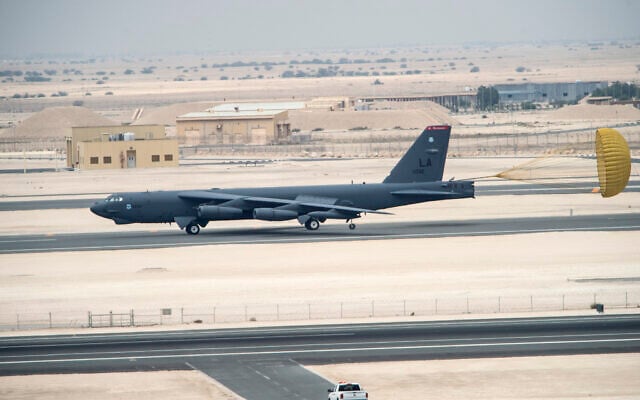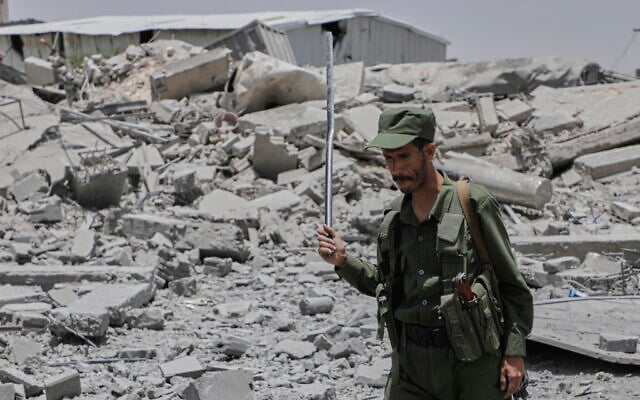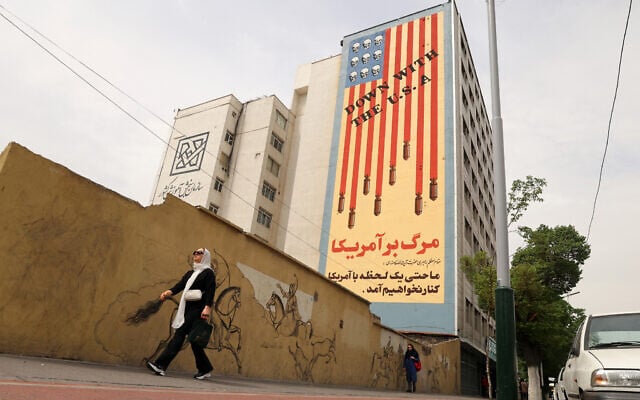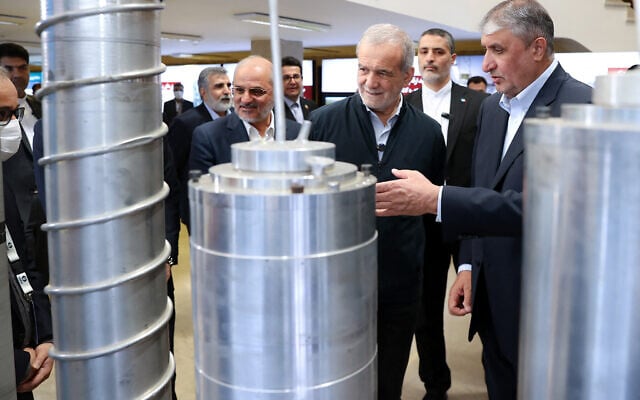



The US military is replacing its B-2 bombers with another type of bomber at a base in the Indo-Pacific that was seen as being in an ideal location to operate in the Middle East, US officials told Reuters on Monday, as the American bombing campaign against Yemen’s Houthi rebel group came to an end with a ceasefire reached earlier this month.
The Pentagon deployed as many as six B-2 bombers in March to a US-British military base on the Indian Ocean island of Diego Garcia, making use of the aircraft during the month-long US bombing campaign in Yemen and as a deterrence against Iran during a period of tensions as the two countries began talks over Tehran’s nuclear program.
Experts say that this had put the B-2s, which have stealth technology and are equipped to carry the heaviest US bombs and nuclear weapons, in a position to operate in the Middle East.
The officials, speaking on the condition of anonymity, said the B-2 bombers were being replaced by B-52 bombers.
The Pentagon said it did not comment on force posture adjustments as a matter of policy.
The original deployment represented nearly a third of all the B-2 bombers in Washington’s arsenal. It was seen as highly unusual to see that many at one base abroad.

Typically, so-called show of force missions involving the B-2 have seen two or three of the aircraft conduct operations in foreign territory, very rarely seeing as many as six in one place.
The B-2 bombers had been used to carry out strikes against the Iran-backed Houthi rebel group in Yemen, as the US executed dozens of bombing missions against the group beginning in mid-March, targeting the Houthis over their attacks on shipping in Mideast waters in support of Hamas in the war sparked by the terror group’s October 7, 2023, attack on Israel.
After more than a month of intensive airstrikes, US President Donald Trump announced last week that a deal had been reached with the Houthis, with the group agreeing to halt attacks on US vessels in exchange for a reprieve from US strikes.

However, the deal still allows the Houthis to keep up their missile and drone attacks on Israel, which have continued near-daily since the agreement with the US was signed.
Also contributing to the lowering tensions in the region are the developments with the US-Iran nuclear talks, with both sides planning to continue weekly meetings
The fourth round of talks took place on Sunday, ahead of Trump’s planned visit to the Middle East. Trump, who has threatened military action against Iran if diplomacy fails, has restored a “maximum pressure” campaign on Tehran since returning to the White House in January.
Both sides had reported progress in the previous three rounds, and on Sunday, Iran said the meeting was “difficult but useful,” while a senior US official said Washington was “encouraged.”

Tehran is willing to negotiate some curbs on its nuclear work in return for the lifting of sanctions, according to Iranian officials, but ending its enrichment program or surrendering its enriched uranium stockpile are among what the officials have called “Iran’s red lines that could not be compromised” in the talks.
Western countries, including the United States, have long accused Iran of seeking to acquire nuclear weapons, while Tehran insists that its nuclear program is for peaceful purposes.
Iran currently enriches uranium to 60 percent purity — far above the 3.67% limit set in the 2015 deal with the United States and other world powers, and a short technical step from the 90% needed for weapons-grade material. Tehran regularly threatens to destroy Israel, and its uranium enrichment level is far higher than necessary for civilian uses.

Israel is reportedly unhappy with the state of the talks, which were said to be developing into a largely similar framework to the 2015 Joint Comprehensive Plan of Action, or JCPOA, which was signed by then-US president Barack Obama and was panned at the time by Prime Minister Benjamin Netanyahu as disastrous for Israel. Trump also maligned that accord before withdrawing from it in 2018.
Netanyahu, who is deeply skeptical of the Iran-US talks, has called for all of Tehran’s nuclear facilities to be dismantled and for its ballistic missile program to be stopped as part of any credible deal.
Tehran has insisted that the talks be solely focused on the nuclear issue and the lifting of sanctions, ruling out negotiations on military capabilities.
